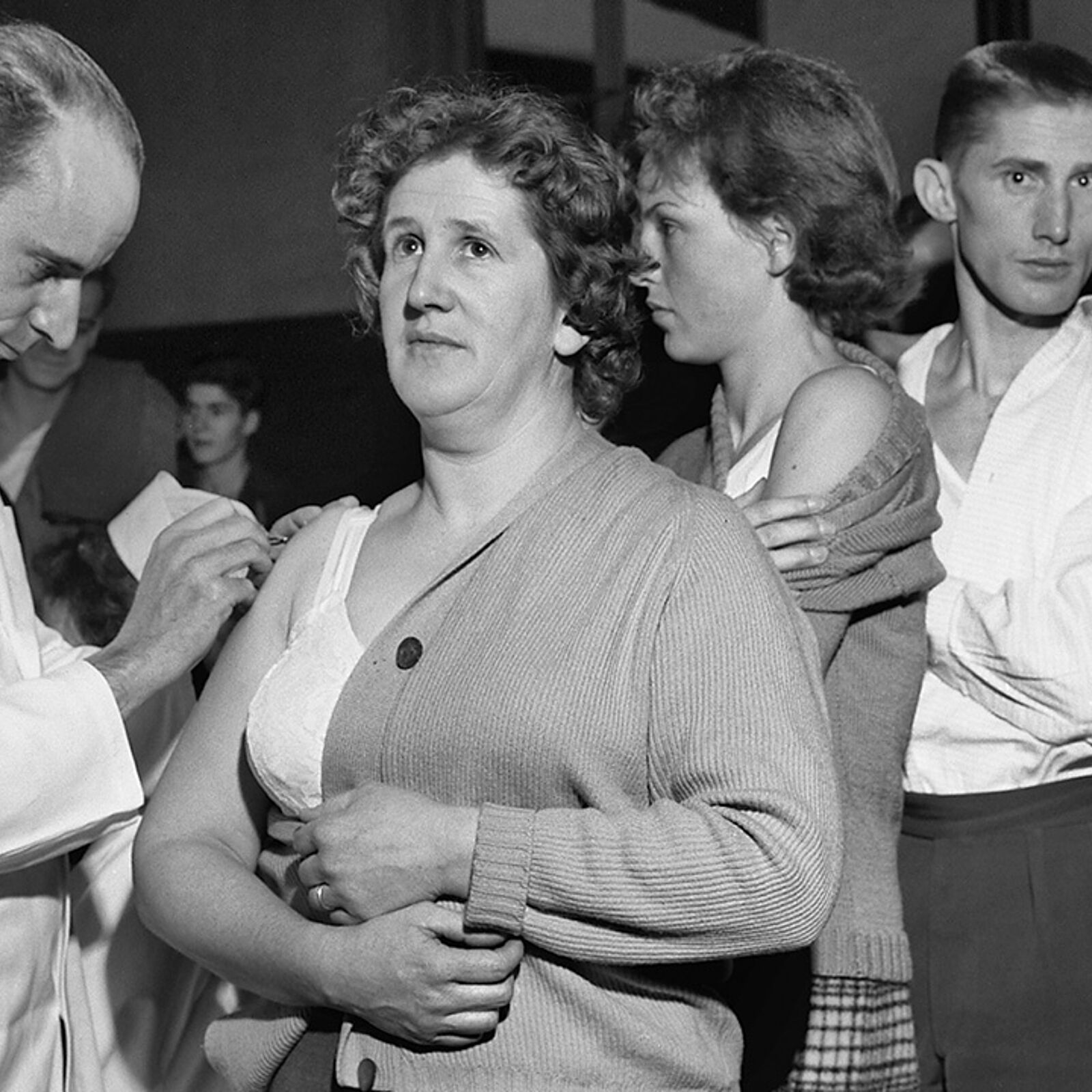Vaccination against Covid-19 has been the most central instrument of public health policy since the very beginning of the Pandemic. Alain Berset, Head of the Federal Department of Home Affairs, which oversees the Federal Office of Public Health, declared in March 2020 that «we need a vaccine.» Accordingly, the Federal Council preordered millions of vaccine doses, and criticism of a too vaccine-centered approach was soon dismissed as «antivax». However, a historical analysis of the public health policies implemented to control smallpox in the late 19th and the early 20th century suggests that a narrow focus on vaccination is not necessarily the best and only path to control a large-scale epidemic.
Smallpox: from compulsory to facultative vaccination
Vaccination against smallpox, the first vaccine discovered at the end of the 18th century and the only one available until the last decades of the 19th century, was compulsory for children in most Swiss cantons. Up until 1879, twenty-two of the then twenty-five cantons required it by law, though in many areas vaccine avoidance would not be punished. In the 1880s, compulsory vaccination was abandoned in the German speaking cantons while the French speaking cantons held on to it. According to the compilation of the first federal sanitary official, vaccination of children plummeted between 1878 and 1888 and revaccination of adults almost came to a full stop. Military revaccination, which was compulsory from 1873, was abandoned in 1882. Physicians, most of whom advocated for a strict vaccine compulsion, warned of an oncoming smallpox epidemic of a new scale.
A look at the federal statistics of mortality shows that, in fact, the opposite happened. Smallpox, a disease that officially killed around 125 people a year between 1877 and 1881, and 426 in 1885 alone, practically disappeared as a cause of death soon afterwards. Even though data collection improved after 1887 (the declaration of smallpox cases was made compulsory in the entire country), which might have led to an increase in the mortality statistics, the number of deaths attributed to the disease decreased quickly – and, as the First World War began, it attained zero (the last official death was recorded in 1926).
Making isolation more acceptable
Why did smallpox disappear? On an individual level, there is no doubt that the vaccination offered protection against smallpox: according to official data, unvaccinated people were 2 to 7 times more likely to die of smallpox than vaccinated people between 1900 and 1932. However, it is likely enough that the countrywide elimination of the disease is largely due to a new approach that was developed by health authorities to control smallpox outbreaks at a population level: early and obligatory declaration of cases, strict isolation of infected people, internment of «contact-cases» as well as thorough disinfection of all their belongings. This approach, which the historian Peter Baldwin called «neo-quarantinism», was doubled in Switzerland by a notable improvement of the patients’ treatment: besides compensation for lost wages, the quality of life during isolation and internment was greatly improved, which made these measures more acceptable to middle-class and wealthy citizens.
Those who owned cattle did not have to worry for them, since they were taken care of. Total isolation of three to four weeks for the sick and their family was thus not only possible, but even acceptable.
Not only did cantons and the confederation invest in permanent isolation hospitals – that is, heated and furnished buildings with individual beds and linen – with salaried staff, but they also improved the diet. Potatoes, pasta, vegetables, wine, beer, meat, eggs, milk, cinnamon and even chocolate became part of the food a person placed in forced isolation might expect free of charge from their local authorities, along with heating fuel and sometimes even newspapers. For those who lived in a place big enough, isolation at home was possible: food was brought to their doorsteps. Those who owned cattle did not have to worry for them, since they were taken care of. Total isolation of three to four weeks for the sick and their family was thus not only possible, but even acceptable.
Combining vaccination with other public health measures
Abandoning compulsory vaccination did not mean abandoning vaccination altogether. The technique of vaccination even went through a massive improvement, as a vaccine institute was founded in Geneva in 1883 and soon produced hundreds of thousands of doses of a new kind of smallpox vaccine, better, safer and cheaper. Financially supported by almost all cantonal governments, this new vaccine was supposed to overcome resistance against compulsory vaccination – without success.
Vaccination against smallpox, even in its improved form, stayed facultative in practice, if not in law in the German speaking cantons. However, skepticism was easier to overcome thanks to the new vaccine, which was cheap enough to be administered for free to anyone who wanted to have it. Together with a general improvement in quality of life (particularly concerning nutrition), these changes led to the near disappearance of the disease in Switzerland. In the rare case of a local outbreak, the disease would be contained quickly enough not to spread further.
Since the Covid-19 pandemic is not over, the case of smallpox control should make us reconsider the discontinuation of all sanitary policies except vaccination and look at other possible strategies.
What the case of smallpox teaches us is that any fact-based policy needs to consider long-term effects as well as possible alternatives. Even at a time when most Swiss physicians urged authorities to implement strict compulsory vaccination1, aiming at the later developed concept of «herd immunity», another path was more acceptable to the population and proved successful in the long run. This path required significant upfront investments, but the effects of were immediate.
More concretely, since the Covid-19 pandemic is not over, the case of smallpox control should make us reconsider the discontinuation of all sanitary policies except vaccination and look at other possible strategies – such as a more generous approach to isolation and internment, the financial and administrative costs of which weigh heavily on the concerned individuals. Policies like free-of-charge groceries delivery to patients in isolation and to «contact-cases» in internment or basic financial compensation for all, regardless of the employment status might slow down the spread of the virus – as they improve the acceptance of forced isolation, in particular if considered as a right and not as charity.
Sources not linked in the text
1 Petition der Impffreunde (an der Nationalversammlung), 10.03.1877, CH-BAR E87#1166/1000#118*


